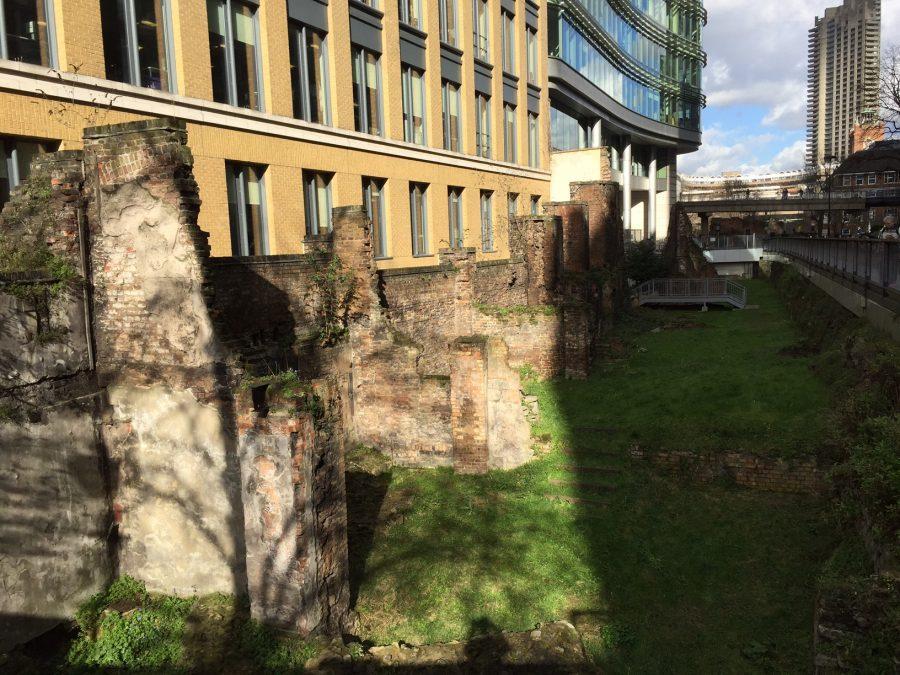London’s Historical Highlights, from 1 A.D. to the 21st Century
The first Roman Walls in London were built around 200AD.
April 27, 2016
To get by in London, it’s important to know a bit of the city’s history. After all, there is a massive amount of stuff that has happened here, and you don’t have to look far to find trash bins that are older than the United States. So to prepare you for visiting, here are the historical highlights.
First came the Romans, who created the town of Londinium (not on the periodic table) in the first century A.D. The first try burned to the ground, but they built it again. This newly established iteration was one square mile in size, surrounded by walls that can still be seen in certain parts of London today.
As the Goths (no, not those goths) started attacking Rome, the Romans realized they had spread themselves too thin and called back all their troops. Thus, through most of the fifth century the whole place was deserted. The Angles, Saxons and Jutes invaded the geographic region of present-day England a little later and took over the city, establishing a monarchy there. It was during this period they had a king called Aethelred the Unready. So you know, the city was doing well.
Then in 1066 arrived William the Conqueror from France, who killed everyone and took over London. The English have hated the French ever since.
In the centuries following, the city became more and more crowded within the square mile before expanding outward. In the 13th century it got its first mayor, Dick Whittington.
In the 17th century, London had some trouble with the Plague, the Great Fire of 1666 and the Civil War which led to the execution of Charles I and rise of Oliver Cromwell, who committed genocide in Ireland, but no one really talks about that. Also, after Cromwell died they couldn’t find another person to lead so they just brought back the monarchy. Because why not? That makes sense.
The 18th century brought a lot of King Georges. This is also when Britain lost the United States, something the British history lecturer doing NYU’s orientation conveniently glossed over when talking about how “England always wins its wars.”
After that comes the Victorian era in the 19th century, when Britain cemented its place as an Empire by taking over India. This was also when urchins existed and London built many of the ornate edifices still around today. Rubbing wealth in the face of the poor went out of fashion later, I assume.
The 20th century had the World Wars, both of which had London seeing a number of bombings. After the wars Britain started letting go of its empire. But then they realized they were looking too soft, so they elected Margaret Thatcher.
Before Maggie, however, Queen Elizabeth II acceded to the throne, and just recently became both the longest-ruling and least-powerful monarch. Her most notable accomplishment may have been her jumping out of a helicopter with James Bond during the 2012 Olympic Games. At this point, she’s kind of like the “Where’s the beef?” Lady but with more money.
And finally, London has achieved worldwide fame in the 21st century thanks to its colonial past and the “Harry Potter” books.
Email Thomas Devlin at [email protected].
























































































































































